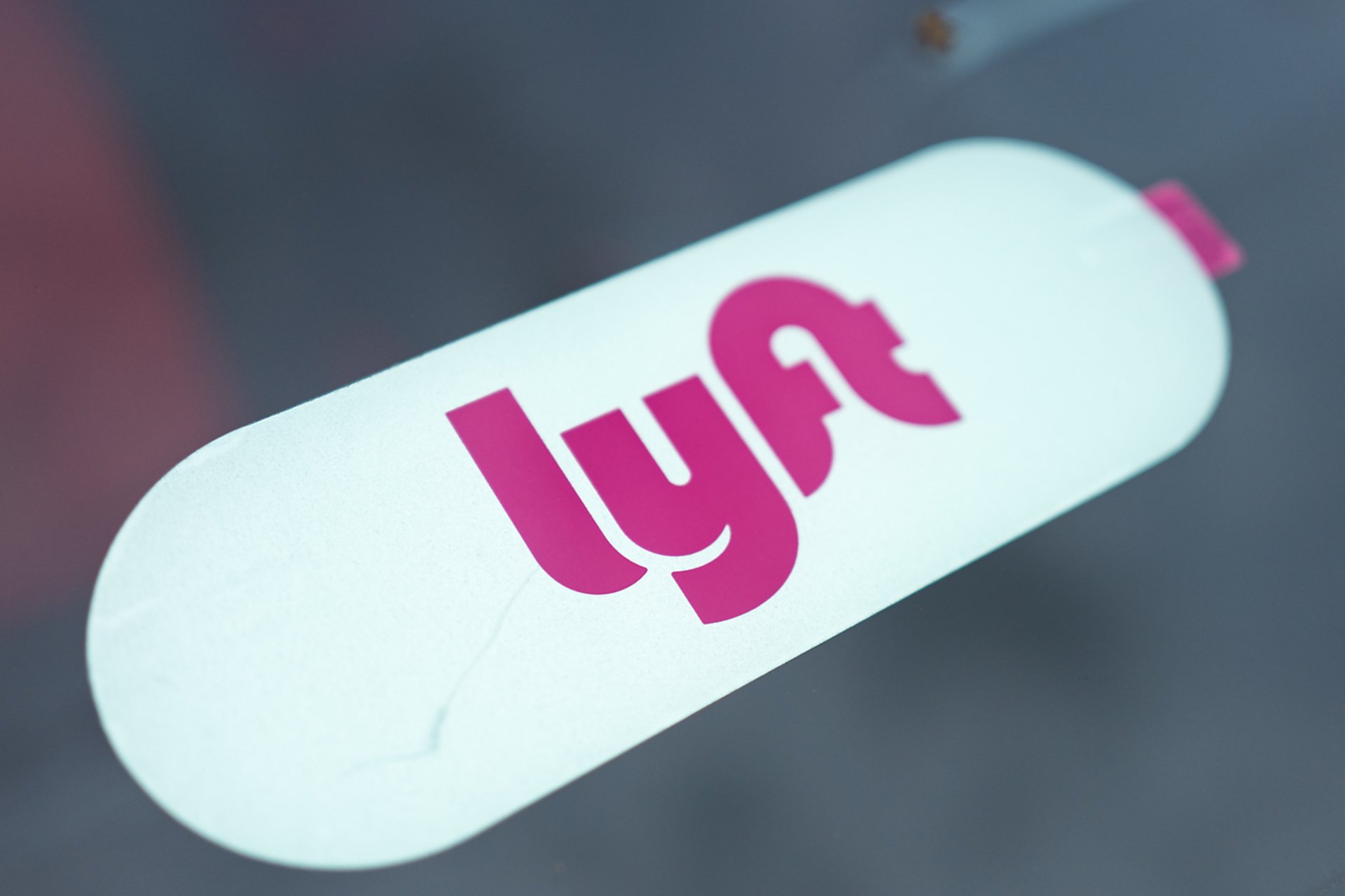Lyft wants feedback on its robotaxi plans — from human drivers
As Uber’s Waymo cars seem to outpace humans in Austin, Lyft’s Driver Autonomous Forum looks to strike a more inclusive tone

Smith Collection/Gado/Getty Image
While robotaxis continue to take the spotlight — and fares — on ride-hailing platforms, Lyft says it is launching a new initiative to make sure human drivers aren’t left behind.
Suggested Reading
On Thursday, the company announced its first Driver Autonomous Forum, a meeting where up to ten drivers will give feedback on how Lyft adds autonomous vehicles (AVs) to its platform.
Related Content
In a statement, Lyft said the forum will bring experienced drivers “directly into the conversation,” as the company moves toward a hybrid fleet of human drivers and robotaxis. The inaugural session—set to take place in Atlanta this summer—will coincide with Lyft’s first autonomous ride launch in the city in partnership with May Mobility.
"Finding solutions together"
While robotaxis may offer efficiency and scalability, Lyft is making the case that human drivers remain essential — not just for logistics, but for the services machines can’t replicate. “They help passengers with luggage, assist those who need a hand, share local insights, and, most importantly, provide genuine human connection,” the company said in a statement.
“The evolution of rideshare and the emergence of AVs will put even more of a spotlight on the differentiated value of in-person service and hospitality,” it added.
According to Lyft, the forum aims to highlight and preserve that value while creating other opportunities for drivers in roles such as fleet management and remote vehicle support. Lyft says it will pick its participating drivers based on region and expertise, with six to ten participants in each session, including some who will return for continuity across meetings.
“This marks a new chapter in our ongoing conversation about the future of work in the rideshare industry,” said Jeremy Bird, a former political strategist who oversees Lyft's Driver Experience team. “We don't claim to have all the answers, but we're committed to finding solutions together—because we know that some of the most important perspectives come from the people who understand the road ahead better than anyone: drivers.”
A Slower Rollout
Lyft’s initiative seems to contrast Uber’s approach, which leans heavily on rapid expansion and deep partnerships with autonomous tech firms. As Business Insider recently reported, Uber’s 100 or so Waymo robotaxis in Austin, Texas, are already completing more daily trips than 99% of the city’s human drivers. Uber plans to expand that fleet to “hundreds” in the coming months and launch Waymo-powered rides on its app in Atlanta—setting up a head-to-head competition with Lyft in the city.
Tesla, meanwhile, is testing its own robotaxi service in Austin this summer, where lax AV regulations have turned the city into a proving ground for autonomous tech.
But as competitors push forward, not all drivers are celebrating. Uber drivers in Austin, LA, and Phoenix have noted that competition from robotaxis is already cutting into their earnings. And while Uber signs deals with more than a dozen autonomous vehicle companies globally, some workers worry the company is prioritizing automation over jobs.
Uber CEO Dara Khosrowshahi has called robotaxis the “single greatest opportunity ahead for Uber,” and said the company is “laser-focused” on expanding its AV partnerships—even as Uber’s latest earnings came in below Wall Street expectations.
Lyft, by contrast, appears to be betting on a more inclusive rollout. The company acknowledges that the shift to a hybrid network will come with “many phases, challenges, and opportunities,” and says the forum is part of a long-term strategy to manage that transition transparently.
“Connection is our greatest strength,” Lyft said in its statement. “And together, we’re shaping the future of mobility.”
Whether that collaboration pays off — and translates to upsides for workers — remains to be seen. But in an industry defined by disruption, Lyft’s decision to put a few drivers in the driver’s seat—at least figuratively—marks a notable tonal shift in how tech companies approach automation and the workforces it impacts most.
